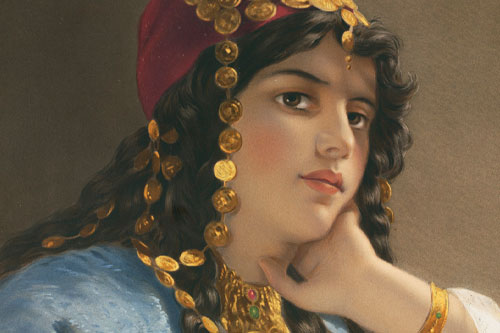Description
Antonio Barluzzi is best known as “the architect of the Holy Land.” His churches grace such major religious sites as Gethsemane, the Mount of Olives, Bethlehem, Mount Tabor, and Galilee. Barluzzi’s designs for each church was specific to its site, historic context, and is expressive of the event it commemorates. Each building is formally simple, often iconic and makes a clear statement. Born in Rome, Barluzzi studied engineering at Sapienza University and practiced architecture with his brother, Giulio. While working in Jerusalem on a 100-bed hospital for the Italian Missionary Society with Giulio, Father Razzoli, head of the Franciscan Custody of the Holy Land, asked the Barluzzi brothers to submit plans for a basilica on Mount Tabor. Barluzzi’s mission in life was to build basilicas in the Holy Land. He was commissioned for twenty-four works – including churches, hospitals, and schools, which he built with inexhaustible energy and deep faith between 1912 and 1955. John C. Guenther, FAIA, LEED AP will present selected works of Antonio Barluzzi from his visit to the Holy Land in 2011, including the Basilica of the Transfiguration, Mount Tabor, Israel (1924), The Church of All Nations in the Garden of Gethsemane, Jerusalem, Israel (1920-1924), the Chapel of the Flagellation, Restoration, Via Dolorosa, Old City Jerusalem (1927-1929), The Church of the Beatitudes, near Capernaum (1936-1938), the Church of the Visitation, Ein Karem, Jerusalem, Israel (1938-1955), the Church of St. Lazarus, in Bethany (1952-1954), the Church of the Angels, Shepherd Fields, Bethlehem (1953-1954), the Chapel of Dominus Flevit, Jerusalem, Israel (1954-1955), and the Church of the Annunciation, Nazareth, Israel (1960-1969) with Milan architect, Giovanni Muzio.




